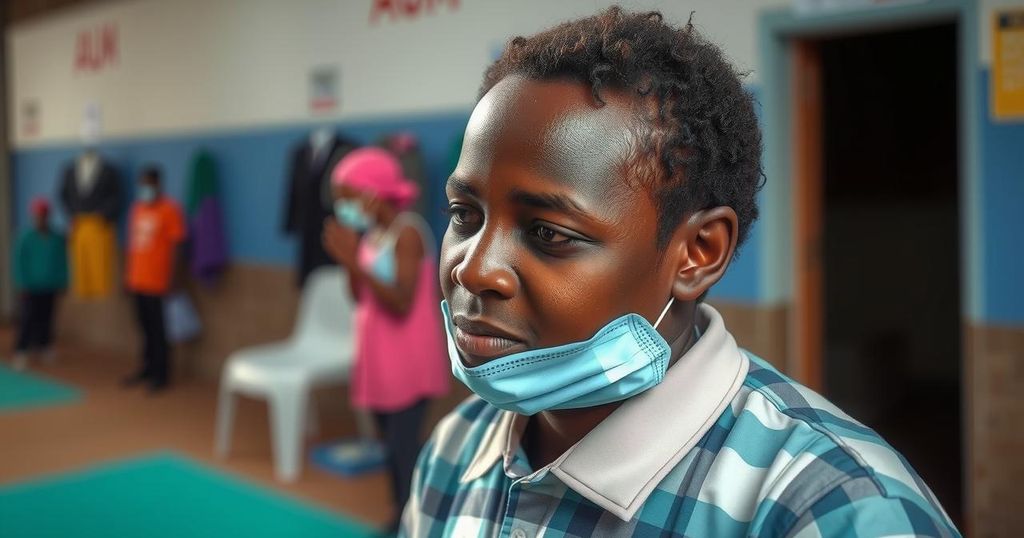Investigation Underway for Deadly Undiagnosed Illness in Congo

A severe and unidentified illness in the Democratic Republic of Congo has resulted in 79 deaths and 376 cases since late October. The disease, primarily afflicting children under five, presents flu-like symptoms and has a concerning mortality rate. WHO is actively investigating the outbreak and working to identify the illness’s cause, underlining the necessity for effective disease detection and rapid health interventions.
Health authorities are currently investigating a severe, undiagnosed illness that has emerged in the Democratic Republic of Congo (DRC), resulting in 79 fatalities and approximately 376 reported cases since late October. The illness has been primarily identified in the Kwango province of the DRC, where victims exhibit flu-like symptoms such as fever, headaches, and respiratory difficulties, alongside anemia, indicating a troubling public health concern. The World Health Organization (WHO) is collaborating with local officials to assess and identify the disease’s cause, emphasizing the necessity of rapid response in such outbreaks. Most affected individuals are children under five, raising alarms about the outbreak’s potential impact on vulnerable populations.
Initial reports indicate a high mortality rate of approximately 21%, raising concerns among health experts regarding the disease’s severity. As investigations progress, ambiguities remain about the specifics of the illness, including whether anemia is a direct symptom or an existing condition among the patients. Ongoing epidemiological assessments will determine the full extent of the outbreak and establish whether asymptomatic cases exist, providing crucial information for the global health community.
The slow notification and response from local health authorities highlight systemic gaps in disease detection across Africa, where infrastructure challenges impede rapid reporting and intervention. Disease tracking and effective communication remain paramount in preventing potential outbreaks from spreading internationally. With laboratory results pending, health experts are keenly monitoring developments to ascertain the disease characteristics and trajectory. Health professionals emphasize that vigilance in surveillance is vital to safeguard against the escalation of health threats within and beyond national borders.
The context of this article centers on a concerning outbreak of a previously unidentified illness in the DRC, which has significant implications for public health. This occurrence is particularly alarming due to its high mortality rate and prevalence among young children. The lack of timely reporting and investigation underscores existing vulnerabilities in the health systems of certain regions in Africa, necessitating a robust response from both national and international health organizations. Understanding the epidemiological trends and characteristics of this outbreak is crucial to prevent further spread and to implement effective health interventions.
In summary, the ongoing investigation into the mysterious illness in the Democratic Republic of Congo highlights critical challenges in disease detection and response. With a reported mortality rate of 21% and a significant number of cases among children, it is imperative for health agencies to prioritize thorough investigations and timely interventions. Continuous surveillance and support from global health systems will be essential in addressing this public health crisis and mitigating potential future outbreaks.
Original Source: www.goodmorningamerica.com







